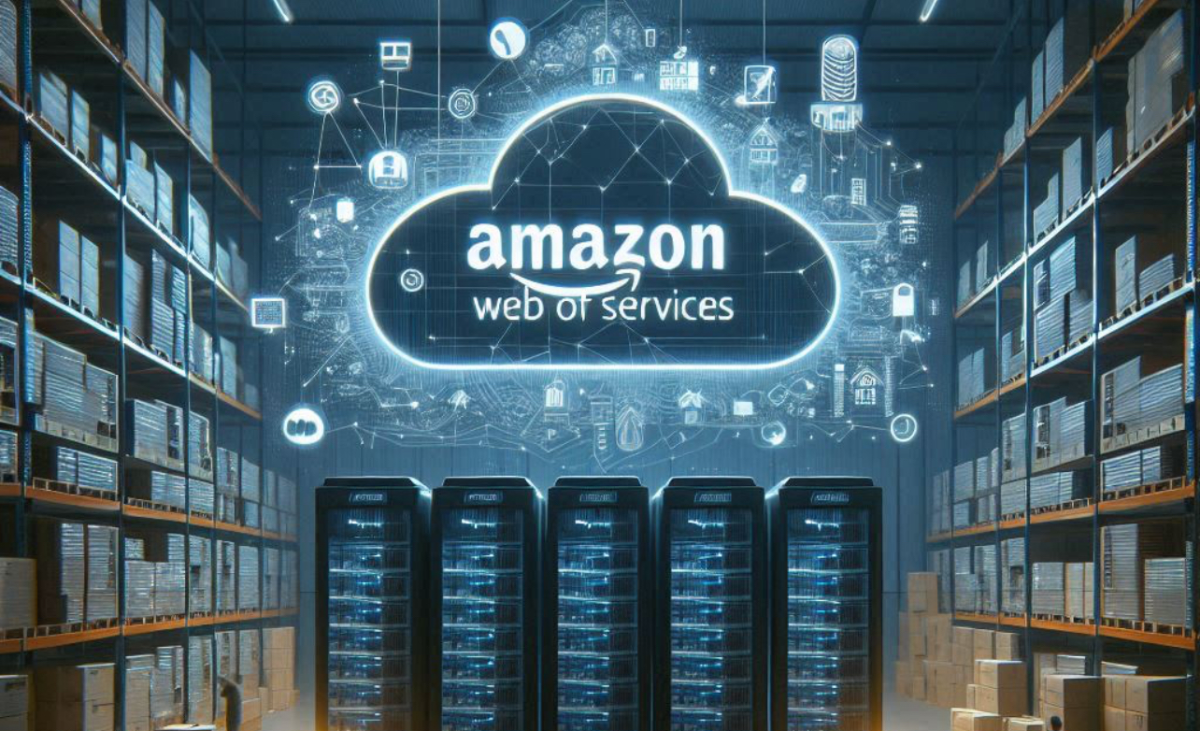In the high-stakes arena of technology, Atlantans woke up Monday, Oct. 20 without many of the services they rely on every day: Amazon Web Services (AWS), the colossus powering roughly a third of the global cloud infrastructure, suffered a cascading failure that rippled across the internet like a digital earthquake.
What started as a regional hiccup in Northern Virginia’s US-EAST-1 data centers left millions of users staring at error screens, from Fortnite lobbies to Venmo transactions.
The outage was yet another stark reminder of our collective over-reliance on a single web provider for all things internet.
How Is Atlanta Being Affected?
Atlanta, Georgia, often dubbed the “Silicon Peach” for its booming tech ecosystem, is no stranger to AWS dependency.
With over 150 companies in the metro area relying on the platform for everything from data storage to app hosting, and major players like Delta Air Lines and The Home Depot headquartered here, the outage exposed vulnerabilities in a city that’s become a Southeast tech powerhouse.
During the outage, which peaked around 3:11 AM ET, users reported widespread issues with the Delta app and website—delayed check-ins, inaccessible boarding passes, and stalled reservations.
While no flights were grounded (thanks to redundant on-ground systems), the digital chaos meant longer lines at counters and frustrated travelers scrambling for paper tickets.
The Spark: A DNS Glitch Ignites Global Chaos
The outage kicked off around 3:11 AM ET (12:11 AM PDT), though user reports began flooding Downdetector as early as 8 AM GMT.
AWS’s status page quickly lit up with alerts: elevated error rates and latencies in core services like DynamoDB (a NoSQL database powerhouse) and EC2 (virtual computing backbone)
The root cause? A DNS resolution failure for DynamoDB API endpoints in US-EAST-1, the most trafficked AWS region and a de facto nerve center for global services.
Amazon Responds
Engineers at Amazon sprang into action, deploying mitigations across parallel paths, but the damage was done. By mid-morning, over 15,000 complaints had spiked on outage trackers, with AWS confirming “significant signs of recovery” only after 6 AM ET.
This wasn’t a cyberattack—no evidence of foul play emerged—but a classic operational gremlin: a configuration slip or network overload in Virginia’s data hubs, which host critical control planes for worldwide AWS operations. 12 The fallout? A “domino effect” on any service leaning on AWS for storage, compute, or authentication.
The Casualties: A Roll Call of Digital Dependencies
The breadth of the blackout was staggering, underscoring how AWS isn’t just infrastructure—it’s the invisible scaffolding of our online lives.
Here’s a snapshot of the hardest-hit sectors and players, drawn from real-time reports and user outcries:
| Sector | Affected Companies/Services | Impact Highlights |
|---|---|---|
| Gaming & Entertainment | Fortnite (Epic Games), Roblox, Pokémon GO, PlayStation Network, Disney+ | Servers offline; millions unable to log in or stream. Roblox saw a 10x spike in complaints, halting virtual economies mid-transaction. |
| 2 | ||
| Social & Communication | Snapchat, Signal, Facebook (partial), Reddit | Login failures and messaging blackouts. Snapchat, with 400M+ daily users, went dark globally, stranding friends in limbo. |
| 10 | ||
| Finance & Crypto | Coinbase, Robinhood, Venmo, Lloyds Bank (UK) | Trading halts and payment glitches. Coinbase assured users “all funds are safe” but couldn’t process logins; Venmo users joked on X about “free IOUs.” |
| 0 | ||
| Productivity & Tools | Canva, Duolingo, Slack, Zoom, Perplexity AI | Design files frozen, lessons paused, meetings derailed. Perplexity’s CEO tweeted: “Root cause is an AWS issue—we’re resolving.” |
| 3 | ||
| Amazon Ecosystem | Amazon.com, Prime Video, Alexa, Ring | E-commerce carts abandoned, smart homes silenced. Ring users reported being “trapped” indoors by unresponsive alarms. |
| 6 | ||
| Other Essentials | McDonald’s app, HMRC (UK gov), OnlyFans | Fast-food orders stalled; tax filings disrupted. Even niche hits like Wordle and MyFitnessPal joined the fray. |
| 14 | ||
Airlines like Delta and United saw app glitches but no widespread flight delays, per FlightAware.
Globally, the pain was uneven—hardest in the US and Europe, lighter in parts of Asia—but it touched everything from crypto validators to AI queries.
Lessons from the Rubble: Building a More Robust Digital Future
Outages like this aren’t novel—recall the 2024 CrowdStrike fiasco that grounded flights worldwide—but they sting sharper in an AI-accelerated era where downtime means lost queries, frozen models, and evaporating trust.
AWS mitigated the core issue by 6:48 AM ET, with most services throttling back to life, though lingering delays persisted into the afternoon.
Amazon’s stock barely flinched in premarket, a nod to investors’ outage fatigue, but for everyday users and businesses, it was a wake-up call.
Final Word
The cloud’s promise was boundless scalability, not brittle centralization.
October 20 exposed the cracks, but it also spotlights how resilient a city and state can be when systems go down.
More From AtlantaFi.com:




